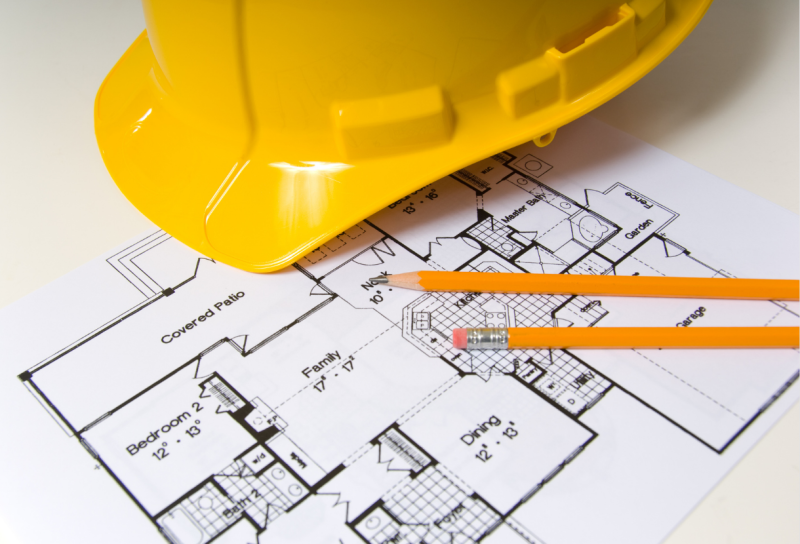Real estate development strategies encompass a range of tactics and approaches used by developers to create, enhance, or revitalize properties. These strategies are vital in maximizing the value of real estate assets and meeting market demands. Here are key strategies employed in real estate development:
1. Market Research and Feasibility Studies:
- Conducting thorough market research and feasibility studies to assess the demand, demographics, and economic viability of a proposed project. This analysis helps developers understand the potential risks and opportunities associated with the development.
2. Property Acquisition and Site Selection:
- Identifying and acquiring suitable land or existing properties for development based on location, zoning regulations, accessibility, and future growth prospects. Careful site selection is crucial for the success of a project.
3. Financial Planning and Funding:
- Developing comprehensive financial plans that include budgeting, securing financing, and managing capital effectively. Developers explore various funding options, such as loans, partnerships, or investors, to support the project.
4. Design and Planning:
- Collaborating with architects, urban planners, and design professionals to create innovative and functional designs that meet market needs and align with zoning regulations. Sustainable and efficient designs are increasingly prioritized.
5. Regulatory Compliance and Approvals:
- Navigating through regulatory processes, obtaining necessary permits, and ensuring compliance with local zoning laws, building codes, environmental regulations, and community standards.
6. Construction and Project Management:
- Overseeing construction activities, managing contractors, and ensuring the project progresses within budget and timelines. Effective project management is critical to meet quality standards and avoid delays.
7. Marketing and Sales Strategies:
- Developing marketing plans to effectively position the property in the market. This includes branding, advertising, showcasing amenities, and creating sales strategies to attract potential buyers or tenants.
8. Risk Management and Mitigation:
- Identifying potential risks and implementing strategies to mitigate them. This includes addressing market fluctuations, unforeseen construction delays, cost overruns, or changes in regulations.
9. Sustainable Development and Innovation:
- Embracing sustainable practices, green building technologies, and energy-efficient designs. Developers are increasingly integrating environmentally-friendly features to meet modern sustainability standards and attract environmentally-conscious buyers.
10. Property Management and Asset Enhancement:
- Post-construction, focusing on effective property management, maintenance, and ongoing asset enhancement. This ensures the property’s value is preserved or increased over time.
Successful real estate development requires a multifaceted approach that combines market analysis, financial acumen, design innovation, regulatory expertise, and risk management. Developers who adapt to market trends, embrace innovation, and maintain a focus on quality and sustainability tend to achieve long-term success in the real estate industry.








